Montana Children's Center in Twin Bridges: A Compendium
High up in the Pioneer Mountains, about halfway between Wise River and Polaris, sits a small cemetery and one of Montana's many historical markers. The plaque overlooks the now-empty valley and tells the tale of homesteader Joe Maurice, his wife, and their two young daughters. In January of 1905, Maurice's wife died of either diphtheria or complications from childbirth. The couple's infant daughter had just been born, so their father grudgingly packed up the girls and took them to what was then known as the State Orphan's Asylum in Twin Bridges. Records from the orphanage indicate they were admitted in May of 1905, and the girls were known there as Amy and Elsie Maurice. Joe Maurice buried his wife up on the nearby hillside and would return to the Orphan's home in the fall. Amy Maurice, approximately two years old, passed first near the end of August. Less than one month later, baby Elouise Maurice passed away. Absolutely heartbroken, Joe Maurice collected his daughters from Twin Bridges and brought them home to be buried next to their mother. He remained at his homestead until he was 93 years old, when he finally was convinced to move into a nearby care home. He passed just four years later, in 1967.
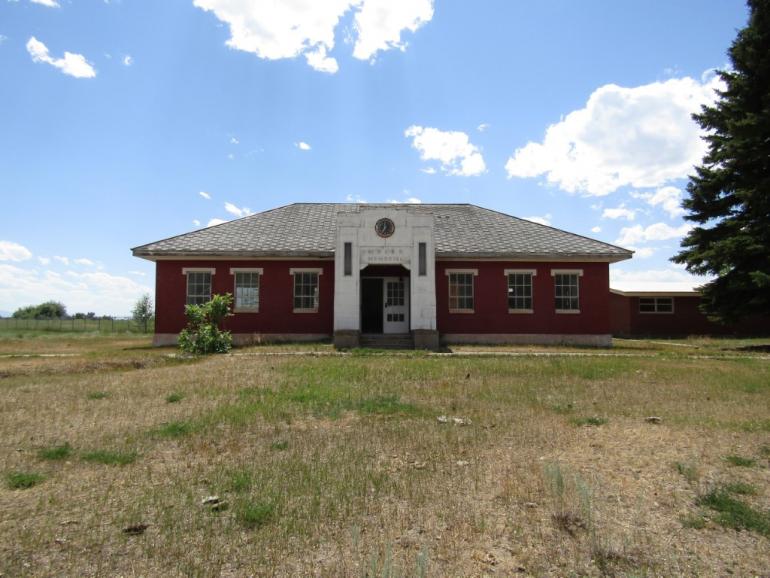
Photo by Renee Carlson
Early Days
What happened to the Maurice family is just one of the many stories of the Montana State Orphanage, later renamed the Montana Children's Center. More than 5,000 children called the facility home over the 81 years that it operated, and there are people all over that still have a degree of connection to this place. Established by the 1893 legislature that recognized the need for the "care and education of orphans, foundlings, and destitute children," the State Orphan's Asylum opened in 1894. Originally the 100 acres donated by the Lott family had been intended for a state teacher's school at the lobbying of Twin Bridges officials until a recommendation of the governor caused the plan to be altered last-minute. It was decided that the State Children's Asylum be built there instead, and that one large building would suit them for the first few years. Thus, a large Victorian-style structure, dubbed "The Castle," was built. The orphanage opened with five children ready to move in and accepted any child under the age of twelve. Kids older than twelve were accepted or denied after being reviewed by the orphanage's board of directors. First, the children were quarantined so as not to spread any disease, then sorted by age. As the facility grew, the groups would be housed by age and gender in four large dormitories.
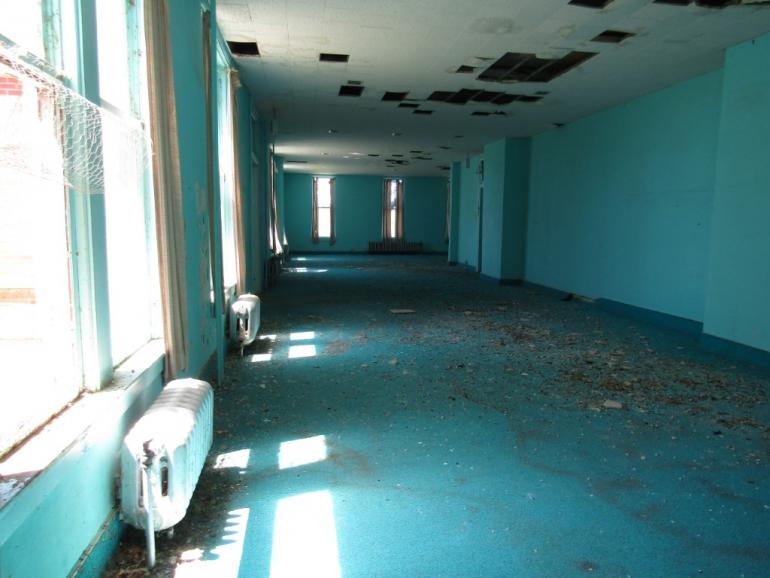
Photo by Renee Carlson
The state orphanage offered myriad activities to the youngsters, as the goal was to nurture these unfortunate children to become well-rounded members of society. They went to school on the property until eighth grade, with high schoolers attending the nearby Twin Bridges High School. There was a gymnasium, a heated indoor pool, basketball courts, a field for baseball, softball, and soccer, a theater, as well as many buildings of utilitarian use. The children over the age of five spent more time working than playing, as the administration believed that the chores provided a necessary distraction. The children kept busy, helping in the nursery or steam-powered kitchen, or working at the production and mechanical centers. There was also a farm to tend, complete with cows and chickens, as well as an orchard of fruit trees. Older children could be sent out to nearby farms, ranches, or houses to work as indentured servants for the families or be a tradesman's apprentice.
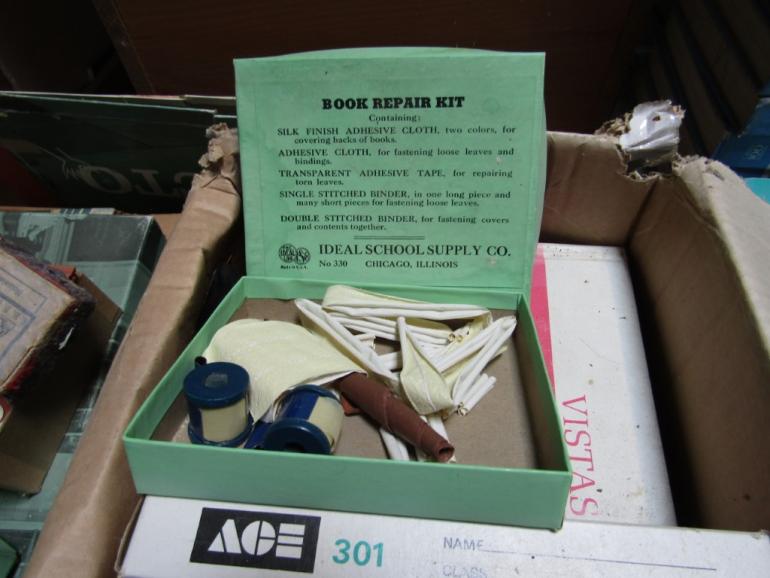
Photo by Renee Carlson
The Great Depression & World War Two
As the hopelessness of the Great Depression grew, more parents decided to commit their children to the care of places like the Montana State Orphanage. Most children at the state orphanage at this time weren't orphans but kids whose parents felt there was no better option for them. Sometimes all the kids in a family were sent to Twin Bridges and had the companionship of their siblings. Other children were the only ones sent away, left to face a particular kind of loneliness.
During this time, the population of the orphanage peaked at around 300 children. The orphanage was described as "mostly self-sufficient", which is all well and good until you factor in the child labor that it took to keep it functioning. During my research, I read words like "inmate" and "institution" repeatedly, which seem like harsh words to use in reference to children who had no say in their incarceration. Noel Freedman published the diary he kept from 1942 through 1945, the last of seven years he spent there, which includes more elaborate recollections as well as each daily entry. This offers valuable insight into the daily activities of a kid in the orphanage. He recorded the weekly movies they went to see, his dislike of Bette Davis, and noted "……chaaaaaaarge!" on the day they watched Arsenic and Old Lace. He recorded the good things, like Christmas presents provided by the Anaconda Copper Mining Company, every time he had a piece of candy, games the children played and yearly visits from his mom. The bad is equally represented, as there was an endless stream of chores, children being whipped and yelled at by staff, death by rattlesnake bites, and disease.

Photo by Renee Carlson
The Final Days
In the last days of operation, the Montana Children's Center was home to 50 children. Most of them were Native American, the current owner Leslie Adams told me, with the occasional pregnant teenager or two sent there to wait out their "condition" away from the judgment of their hometowns. The farm had ceased operations in the 1950s, and budget cuts had slowly been eating away at the facility. Published in 1970, MSU student Joseph J. Camarda wrote his thesis in architectural design about the Children's Center. Some of the cottages that were built in the 1920s had been damaged by earthquakes, and the center's needs were changing. What must have been simple, smart solutions back then looked like lofty goals to my eyes, my mind stained by the knowledge that the center wasn't going to last another decade. Just five years later, the Children's Center closed as the nation began to shift toward foster care and funding ran dry.
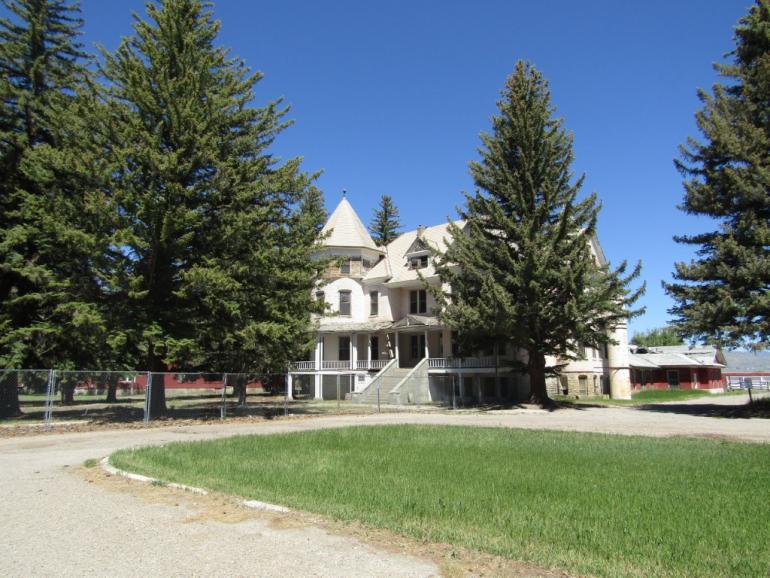
Photo by Renee Carlson
The Present
It was supposed to have been a quick turnaround for Leslie Adams and her father when they purchased the Montana Children's Center in 2005. She related this to me with a sad smile as we walked the grounds this previous summer. The interior walls had been painted bright, cheery colors before closing, making for a stark contrast to the emptiness, broken windows, and dust from falling lathe and plaster. Seeking to prevent further decay, Leslie and her father had asbestos removed, replaced 15 roofs, and went through lengthy legal processes to ensure each plot of land had its correct paperwork for eventual sale. One hundred acres, 25 buildings, and over 140,000 square feet of space rest under her watchful eye. As caretaker of the property and its history, Leslie wouldn't sell to anyone who was without a comprehensive plan for the land and buildings. She is also the owner of the Blue Anchor building in the heart of Twin Bridges, and it is readily apparent that she loves these old buildings and the history behind them. She has made a beautiful home out of the old superintendent's residence and has plans to relocate nearby once the Children's Center is sold to a new owner.
This would not have been possible without the dedication, kindness, and hard work of Leslie Adams, Heather Mulliner, and the very helpful staff at MSU-Bozeman's Library Special Collections and Archives Division, and my traveling companions. Thank you.
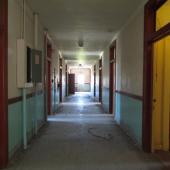
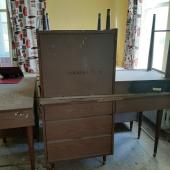

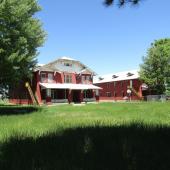
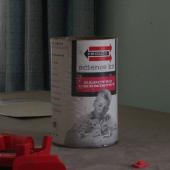



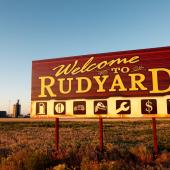



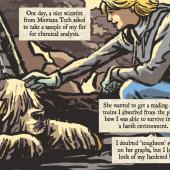
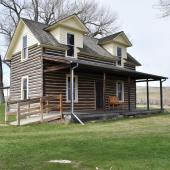



- Reply
Permalink